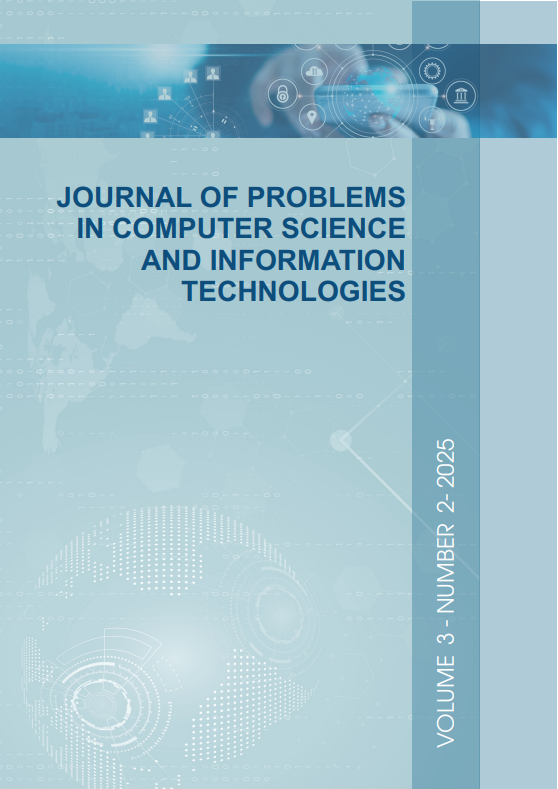NUMERICAL MODELING OF THE FILTRATION PROCESS IN DYNAMICALLY INTERCONNECTED MULTILAYER GAS FIELDS
DOI:
https://doi.org/10.26577/jpcsit20253206Keywords:
gas, filtration, multilayer, porous medium, parabolic equations, numerical modeling, finite difference method, explicit scheme, implicit scheme, quasilinear method, pressure, stability condition, conductivity coefficient, software, mathematical modelAbstract
This article is devoted to modeling of the gas filtration process in a dynamically interconnected multilayer porous medium. The article is devoted to modeling the process of gas filtration in a dynamically interconnected multilayer porous medium. In the article, the process of gas filtration in a heterogeneous three layer porous medium with low-permeability intermediate layers and the dynamic interaction between the layers are described by a mathematical model based on a system of differential equations of parabolic type. This mathematical model is numerically simulated using finite difference methods, i.e. explicit and implicit schemes. Since the resulting system of finite difference equations is nonlinear with respect to the pressure function, a quasilinear method was used. The dynamics of the pressure function over time was analyzed for time intervals of 360, 720 and 1080 days, and during this period the pressure distribution in the layers, the rate of pressure drop around the well and the dynamics of interlayer interaction were studied. The calculation results are presented in numerical and graphical form, which accurately reflect how the interlayer movement of the gas flow occurs. Using graphical analysis, the time step limit was determined, ensuring the stability of the computational process in the explicit scheme: a stable calculation is carried out only with a dimensionless time step Δt ≤ 1.7e-4. Also, the calculations carried out using the implicit scheme showed that this method has more stable stability compared to the explicit scheme. The results show that with a large permeability coefficient of the formation, the pressure distribution accelerates, and in the wells the pressure drop slows down. At the same time, in directly connected multilayer porous media, the permeability coefficient of the layers plays an important role. Based on the obtained results, it is possible to carry out calculations for various parameters to improve the efficiency of gas field development. It is also possible to analyze and forecast oil and gas deposits using software created on the basis of numerical models and algorithms developed in the article.







